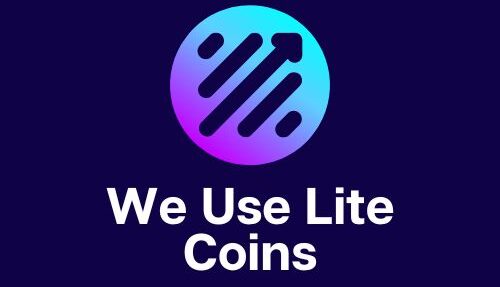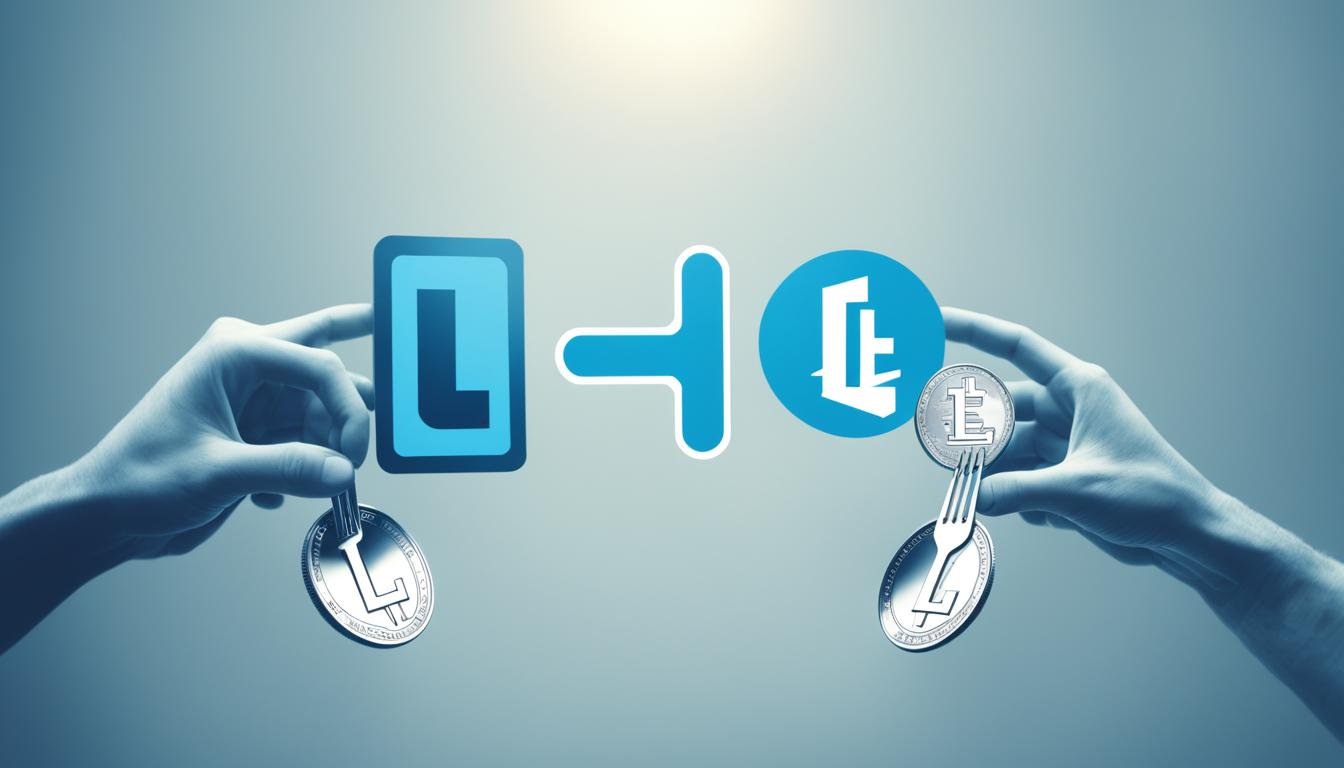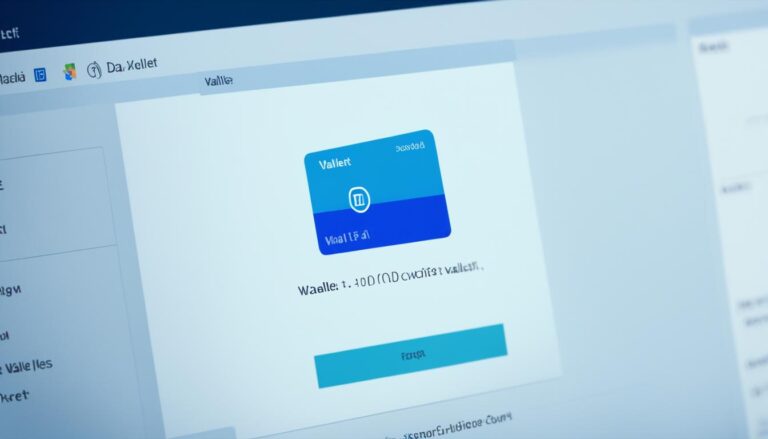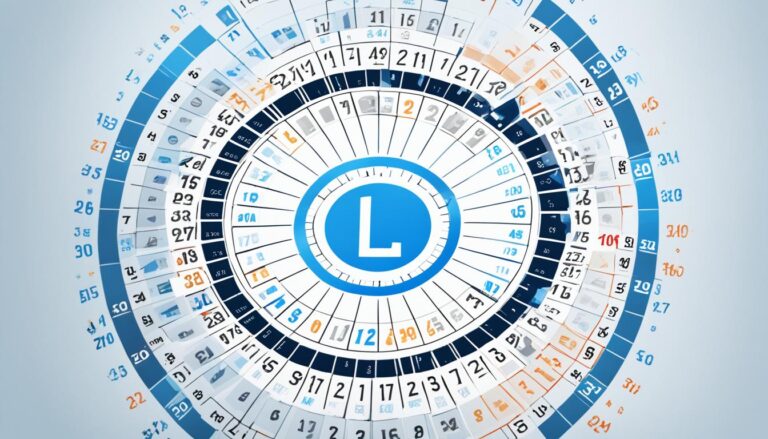What is Lite Coin Fork Explained
Have you ever wondered what happens when a cryptocurrency forks? How does a new coin emerge from an existing blockchain, and what does it mean for investors and users?
In the world of cryptocurrencies, forks are a fascinating phenomenon that can lead to both innovation and controversy. One such example is the Litecoin fork, which gave birth to a new cryptocurrency called Litecoin Cash.
But what exactly is a Litecoin fork, and how does it work? Let’s dive in and unravel the mysteries behind this intriguing process.
What is Litecoin (LTC)?
Litecoin (LTC) is a cryptocurrency founded in 2011 by Charlie Lee, a former Google engineer. It shares similarities with Bitcoin, but it operates on a different algorithm. One of Litecoin’s primary goals was to address concerns regarding the centralization of mining power in Bitcoin. By doing so, Litecoin aimed to foster a more decentralized and inclusive mining community.
Initially, Litecoin sought to discourage large mining firms from monopolizing the mining process. However, over time, the mining landscape for Litecoin has shifted towards a more corporatized setting with the emergence of large mining pools dominating the network. Despite this change, Litecoin remains one of the prominent cryptocurrencies in the market.
Features of Litecoin (LTC)
- Fast transaction processing time compared to Bitcoin
- Adapted Scrypt algorithm that encourages CPU mining
- Four times larger maximum supply than Bitcoin, with a limit of 84 million coins
- Segregated Witness (SegWit) implementation to optimize block size
- Active and engaged developer community
Litecoin’s commitment to decentralization and its unique features have contributed to its popularity among cryptocurrency enthusiasts. However, it’s important to be aware of the evolving mining landscape and the potential implications it may have on the network’s decentralization goals.
How Does Litecoin Mining Work?
Mining is an essential process for the functioning and security of cryptocurrencies. Litecoin (LTC) mining follows a similar concept to Bitcoin mining and involves using specialized hardware to verify transactions and add them to the Litecoin blockchain. Here’s a breakdown of how Litecoin mining works:
- Specialized Mining Hardware: Miners use powerful computer hardware, such as ASICs (Application-Specific Integrated Circuits), specifically designed for mining Litecoins. These devices are optimized for performing the complex calculations necessary for securing the network.
- Transaction Verification: Miners collect bundled transactions from the Litecoin network and verify their validity. This verification ensures that the transactions are legitimate and adhere to the rules of the Litecoin protocol.
- Adding Blocks to the Blockchain: Miners compete to solve a mathematical puzzle involving the transactions they have collected. The first miner to solve the puzzle adds a new block of verified transactions to the Litecoin blockchain. This process is known as “finding a block.”
- Mining Rewards: As a reward for their efforts in securing the network, miners receive Litecoins. The current mining reward for finding a block is 12.5 Litecoins. However, it’s important to note that Litecoin also undergoes a halving event approximately every four years, reducing the mining reward by half. The next halving event is expected to occur in August 2023.
LTC has a maximum supply of 84 million coins, four times the supply of Bitcoin. With new blocks being created approximately every 2.5 minutes, Litecoin offers faster transaction confirmation times compared to Bitcoin. Additionally, the mining process aims to ensure a fair and decentralized distribution of Litecoins, preventing any single entity from gaining control over the currency.
Benefits of Litecoin Mining
Litecoin mining offers several benefits to miners:
- Potential Profits: Miners have the opportunity to earn Litecoins as a reward for contributing their computational power to secure the network.
- Transaction Verification: By verifying transactions, miners contribute to the trustworthiness and integrity of the Litecoin network.
- Decentralization: The mining process helps maintain the decentralization of Litecoin by empowering individuals to participate in securing the blockchain.
- Mining Industry: Litecoin mining supports a thriving industry of hardware manufacturers, mining pools, and mining software developers, generating economic activity and job opportunities.
Overall, Litecoin mining plays a crucial role in maintaining the security, efficiency, and decentralization of the Litecoin network, while also offering potential rewards for miners.

What is Litecoin Cash Fork?
Litcoin Cash (LCC) is a fork of Litecoin that took place at block 1371111 in February 2018. It was introduced with the goal of creating a faster version of Litecoin that could be mined using legacy Bitcoin mining hardware. At the time of the fork, Litecoin Cash set a ratio of 10 LCC for every 1 LTC held. Users who wanted to claim their Litecoin Cash could do so by accessing the official Litecoin Cash wallet provided on the Litecoin Cash website.
However, the Litecoin Cash fork was surrounded by doubts and controversy regarding its legitimacy. Charlie Lee, the creator of Litecoin, went so far as to label it a “scam.” The concerns raised cast a shadow of uncertainty over the intentions and credibility of the fork.
Litecoin Cash Fork Details
Here are the key details of the Litecoin Cash fork:
- Date: February 2018
- Block Height: 1371111
- Forked from: Litecoin (LTC)
- Ratio: 10 LCC for every 1 LTC
- Claiming Method: Official Litecoin Cash wallet
The controversy surrounding Litecoin Cash highlights the need for caution when participating in forks. It is crucial for cryptocurrency holders to conduct thorough research and exercise skepticism before engaging with any fork. Without proper due diligence, there is a risk of falling victim to scams or fraudulent projects.
Litecoin Cash Fork Chart
| Date | Block Height | Forked From | Ratio | Claiming Method |
|---|---|---|---|---|
| February 2018 | 1371111 | Litecoin (LTC) | 10 LCC for every 1 LTC | Official Litecoin Cash wallet |

How to Qualify for and Claim Litecoin Cash Coins
To qualify for Litecoin Cash, you need to hold Litecoin in a wallet where you have control over your private keys. It is important to ensure the security of your wallet and wait for it to be confirmed as stable before claiming your Litecoin Cash. Be cautious of fake instructions and malware, as scammers may try to take advantage of the fork. It’s always best to wait for trusted sources to confirm the functionality of the wallet before proceeding with your claim.
Follow these steps to qualify for and claim your Litecoin Cash coins:
- Ensure you have a wallet where you control your private keys.
- Hold Litecoin (LTC) in your wallet at the time of the fork.
- Visit the official Litecoin Cash website for instructions on claiming the forked coins.
- Download and install the recommended Litecoin Cash wallet.
- Verify the wallet’s stability and security through trusted sources.
- Follow the instructions provided by the official Litecoin Cash team to claim your coins.
Remember, it’s essential to exercise caution and prioritize the security of your assets when participating in cryptocurrency forks. Stay informed, follow best practices, and rely on verified sources to ensure a smooth and secure process for claiming your Litecoin Cash coins.
Conclusion
In conclusion, a litecoin fork is a process that creates a new cryptocurrency from an existing blockchain. Litecoin, one of the popular cryptocurrencies, has also experienced its own fork known as Litecoin Cash. The intention behind Litecoin Cash was to develop a faster and more mineable version of Litecoin. However, the legitimacy of the fork was questioned, leading to controversies and debates among the cryptocurrency community.
It is crucial for users to exercise caution when dealing with forked coins and wait for confirmation of stable and secure wallets before claiming them. Due to the nature of forks, scams and fraudulent activities can occur, hence it is recommended to follow trusted sources and wait for official announcements before taking any action.
Despite the challenges faced by Litecoin Cash and its controversial reputation, Litecoin itself continues to be a popular choice among cryptocurrency enthusiasts. However, the market is highly competitive, with numerous other coins vying for investors’ attention. It is essential for users to conduct thorough research and analysis when considering investments in cryptocurrencies, including Litecoin, to make informed decisions based on reliable information.






